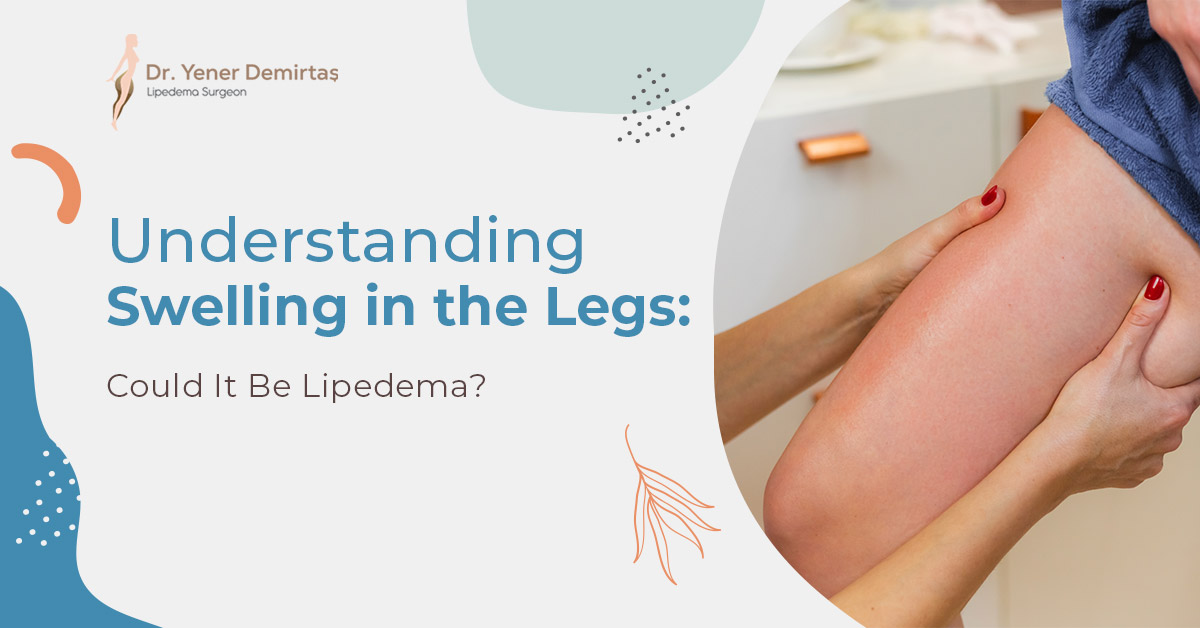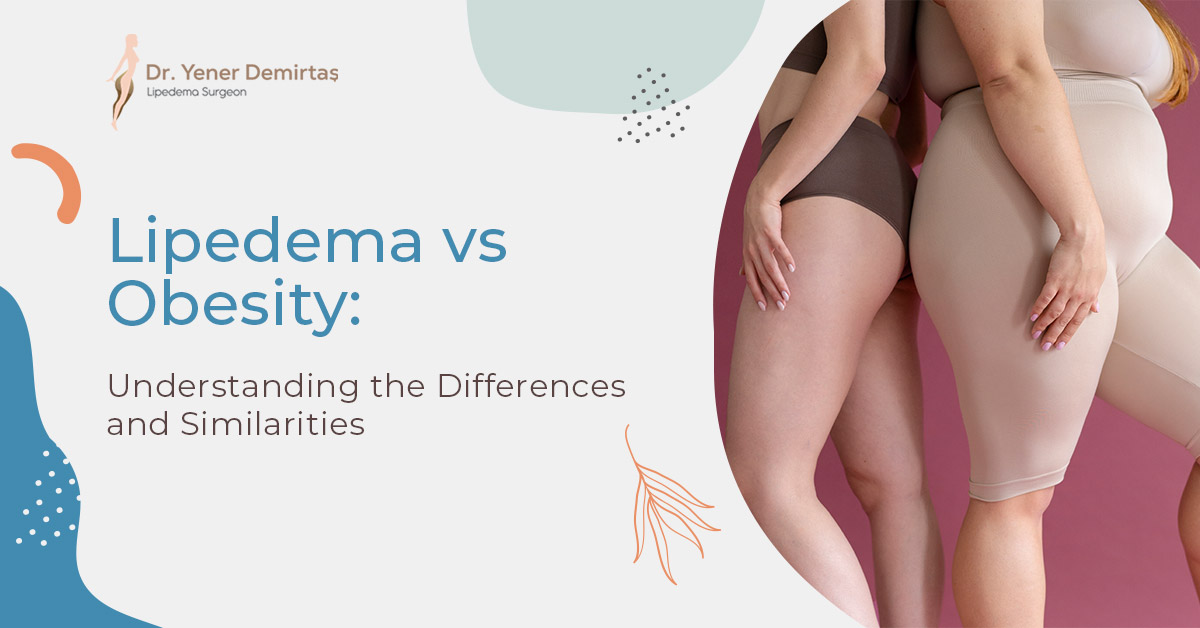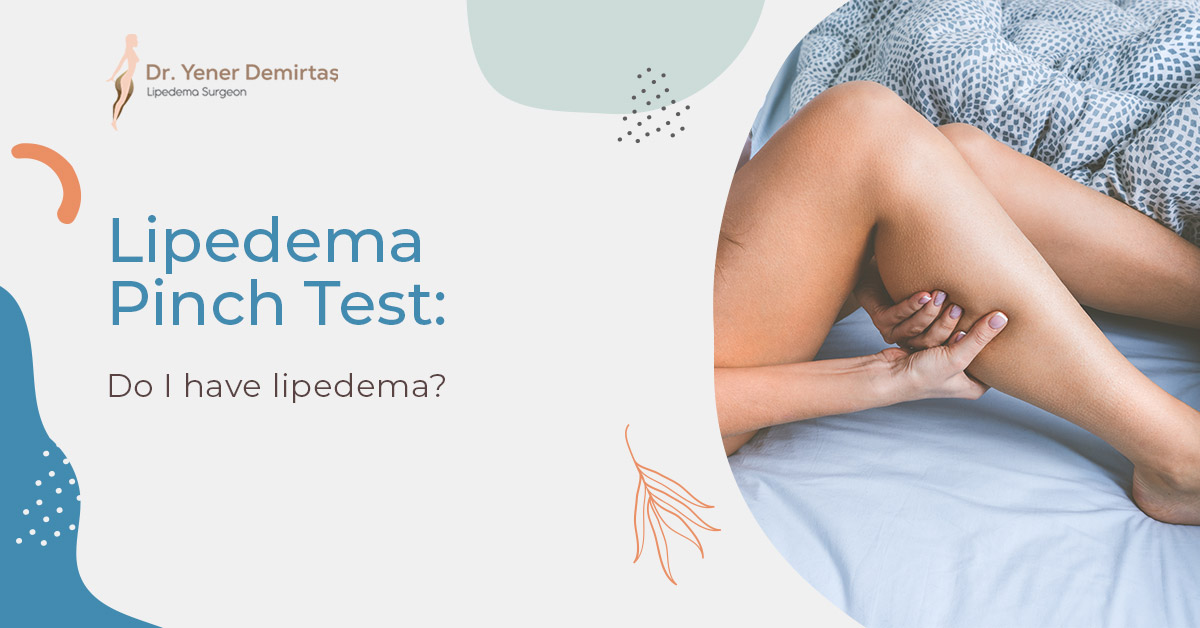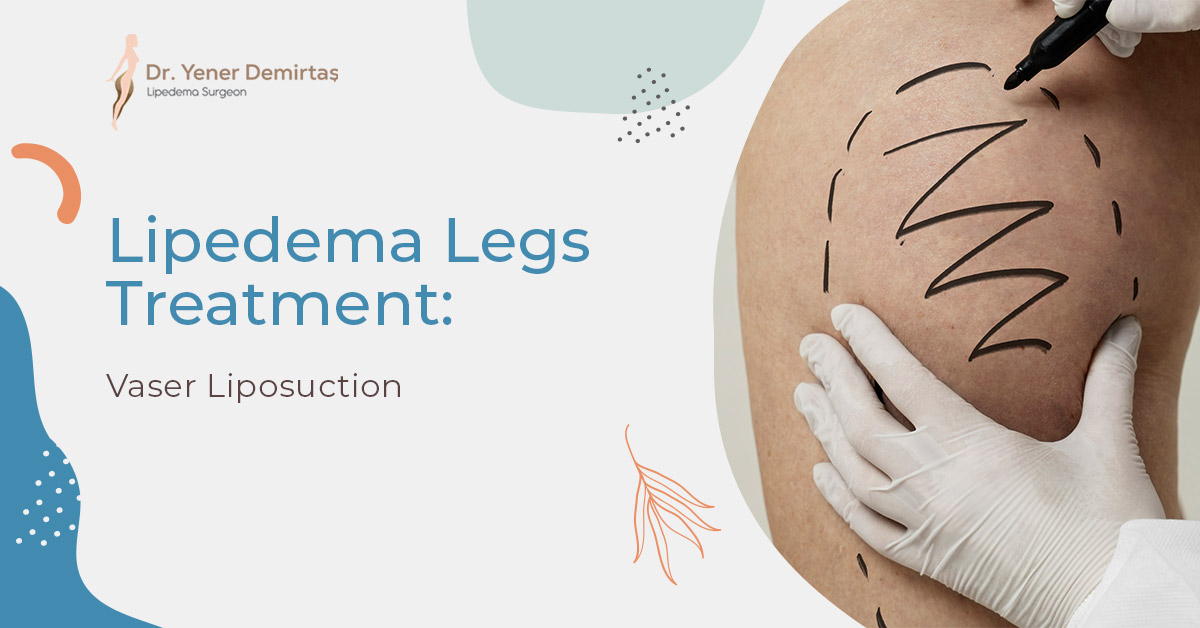Recognizing the Signs: Do I Have Lipedema?
Lipedema, a condition characterized by abnormal fat distribution, is often misunderstood and misdiagnosed. As a result, many individuals may be wondering, "Do I have lipedema?" This article aims to highlight the typical symptoms and diagnostic methods, helping to answer that crucial question.
The Basics: What is Lipedema?
Before diving into the symptoms, it's essential to understand what lipedema entails. Primarily affecting women, lipedema causes a disproportionate accumulation of fat, typically in the lower body, and occasionally in the arms. Unlike typical fat, lipedema fat is resistant to diet and exercise.
Main characteristics of lipedema include:
- A clear disproportion between the upper and lower body
- Pain or tenderness in the affected areas
- Frequent bruising
- Difficulty losing weight in the affected areas despite efforts
Now that we've covered the basics, let's move on to the primary question: Do I have lipedema?
Recognizing the Symptoms
If you're experiencing the following symptoms, you might be dealing with lipedema:
- Disproportionate Fat Distribution: One of the tell-tale signs of lipedema is a stark contrast between the upper and lower body. You might notice that your lower body is significantly larger than your upper body.
- Pain and Tenderness: Lipedema fat is often sensitive or painful to the touch. You might feel discomfort or pain in your legs, even with a slight touch or pressure.
- Resistance to Weight Loss Efforts: If you've been diligently dieting and exercising but see no change in your legs or arms, lipedema could be the reason. Lipedema fat is notorious for being resistant to traditional weight loss efforts.
- Frequent Bruising: If you bruise easily, especially in the areas where fat is disproportionately distributed, this could be a sign of lipedema.
If these symptoms sound familiar, it's essential to reach out to a healthcare professional who can provide a proper diagnosis.
Seeking Diagnosis
If you suspect you have lipedema, the next step is getting a diagnosis. While there's no simple test for lipedema, a knowledgeable healthcare provider can usually diagnose it based on your medical history and a physical examination. They might evaluate your body shape, check for tenderness, and assess your skin's texture.
While imaging techniques like ultrasound or MRI aren't typically needed for diagnosis, they can sometimes be used to rule out other conditions.
Do I Have Lipedema? Your Next Steps
Suspecting you have lipedema can be stressful, but it's essential to remember that there's help and support available. If you're asking yourself, "Do I have lipedema?" don't hesitate to reach out to a healthcare provider. Early diagnosis and intervention can make a substantial difference in managing this condition, and a range of treatment options, from lifestyle modifications to surgical procedures like VASER liposuction, can help manage symptoms and improve your quality of life.
You're not alone in your journey. With professional guidance and proper treatment, you can effectively manage lipedema and continue leading a healthy and fulfilling life.






